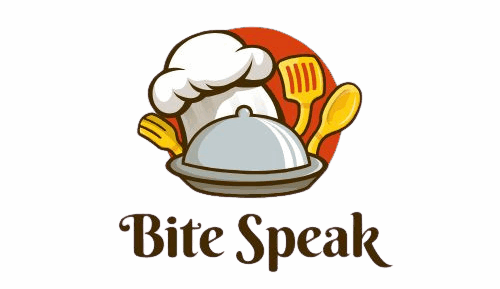22 Clever Ways To Eat Healthy Without Breaking The Bank

Eating healthy doesn’t have to be expensive. With a little creativity and planning, you can enjoy nutritious meals and snacks without straining your budget. Here are 22 clever strategies to help you eat well while saving money.
1. Plan Your Meals Before Shopping
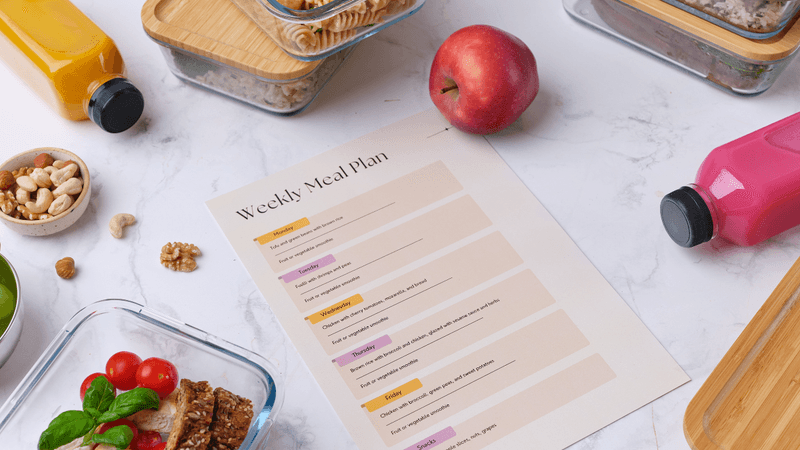
Strategic meal planning is like a roadmap to healthy eating on a budget. Imagine knowing exactly what to buy and avoiding impulsive purchases. This simple habit not only saves money but also reduces food waste. It encourages mindful eating by focusing on nutritious choices.
Picture this: A Sunday afternoon spent crafting a week’s worth of meals with a warm cup of tea by your side. Planning ahead empowers you to stick to your health goals and enjoy a variety of flavors without breaking the bank.
2. Shop With a List (And Stick To It)

A shopping list is your best ally in the battle against unnecessary spending. With a list in hand, you’re less likely to succumb to tempting displays and more likely to keep your cart filled with essentials.
Sticking to your list is an exercise in self-discipline and financial awareness. It’s a simple yet effective way to keep your diet—and your budget—on track. The consistency in using a list can gradually transform your shopping habits, making each trip efficient and cost-effective.
3. Buy In-Season Produce

The natural rhythm of the seasons offers a delightful variety of fresh produce, each with its own nutritional bounty. In-season fruits and vegetables are not only cheaper but also taste better and pack more nutritional punch.
Imagine the joy of biting into a ripe, juicy peach in the summer or savoring crisp apples in the fall. By embracing seasonal produce, you’ll enrich your meals with diverse flavors and nutrients, all while supporting local farmers and saving money.
4. Frozen Veggies and Fruits Are Your Friend

Frozen produce is a budget-conscious shopper’s dream, offering convenience and nutrition without the premium price of fresh options. These items are flash-frozen at peak ripeness, locking in nutrients and flavor.
From smoothies to stir-fries, frozen fruits and vegetables are versatile ingredients for quick, healthy meals. They allow you to enjoy out-of-season produce year-round, all while minimizing waste. Their long shelf life means fewer trips to the store and more savings over time.
5. Cook at Home More Often

Cooking at home is more than just a cost-effective strategy; it’s an invitation to creativity and connection. Home-cooked meals offer control over ingredients and portion sizes, ensuring healthier choices.
Imagine the satisfaction of gathering around the dinner table, sharing a meal crafted with love and care. Not only does this habit promote better health, but it also enhances family bonds and builds culinary skills. Plus, the price per plate is significantly lower than dining out.
6. Use Whole Grains Like Rice, Oats, and Quinoa
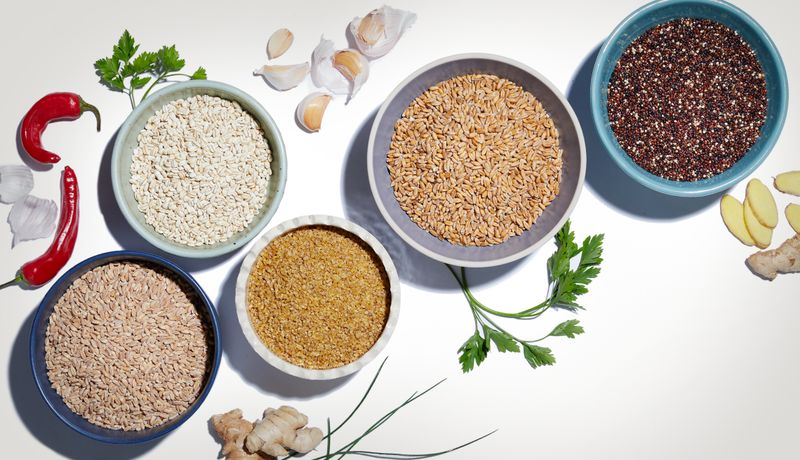
Whole grains are nutritional powerhouses that offer fiber, protein, and essential nutrients at a fraction of the cost of processed foods. Rice, oats, and quinoa are versatile staples that can adapt to any meal.
Consider a warm, comforting bowl of oatmeal on a chilly morning or a vibrant quinoa salad for lunch. These grains provide satiety, ensuring you stay full longer and reducing the urge to snack unnecessarily. Plus, buying them in bulk often results in significant savings.
7. Batch Cook and Freeze Leftovers
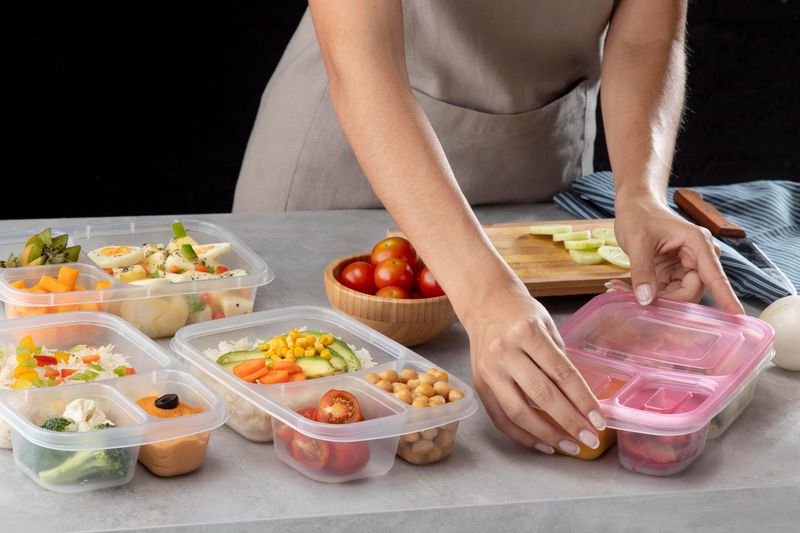
Batch cooking is the unsung hero of budget-friendly eating, turning a few hours in the kitchen into a week’s worth of meals. Imagine making a hearty pot of chili or soup and freezing portions for future dinners.
This strategy saves both time and money, as you buy ingredients in bulk and reduce the need for last-minute takeout. It also encourages portion control and reduces food waste. The convenience of having ready-made meals waiting for you is simply invaluable.
8. Build Meatless Meals Once or Twice a Week
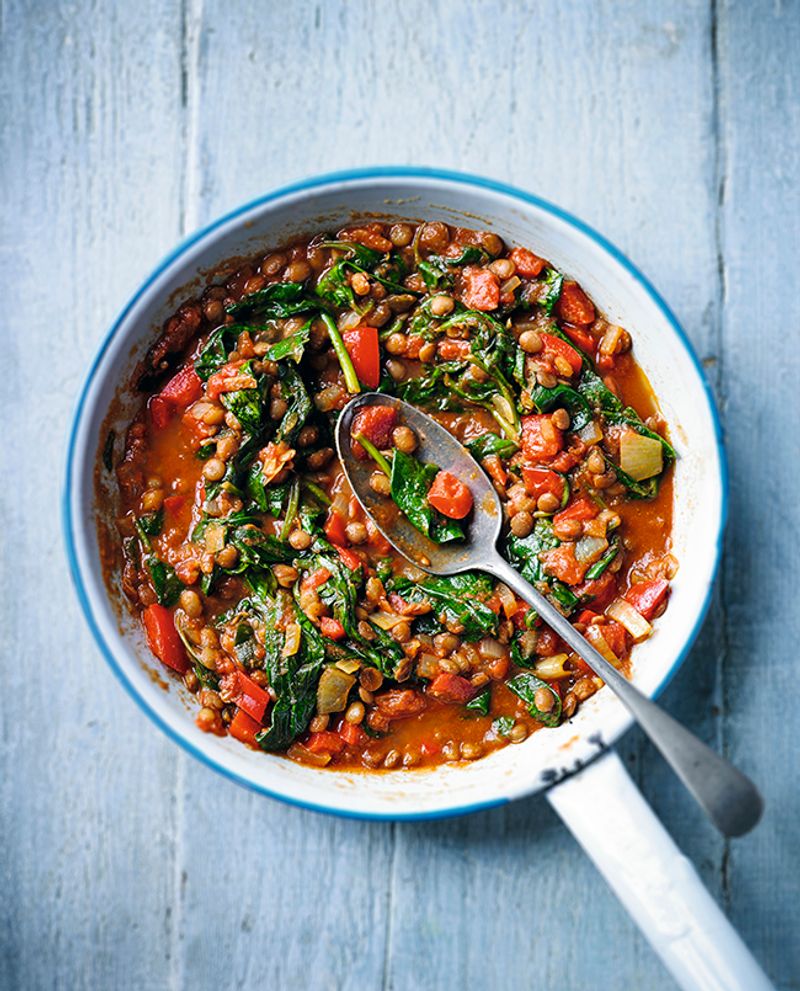
Embracing meatless meals is a delicious way to save money while exploring new flavors and cuisines. Ingredients like beans, lentils, and tofu offer protein-rich alternatives at a fraction of the cost of meat.
Consider a spicy chickpea curry or a hearty lentil stew. These meals are not only budget-friendly but also lower in fat and cholesterol. By incorporating more plant-based dishes, you’ll discover a world of culinary possibilities that benefit both your wallet and your health.
9. Compare Unit Prices (Not Just Shelf Prices)
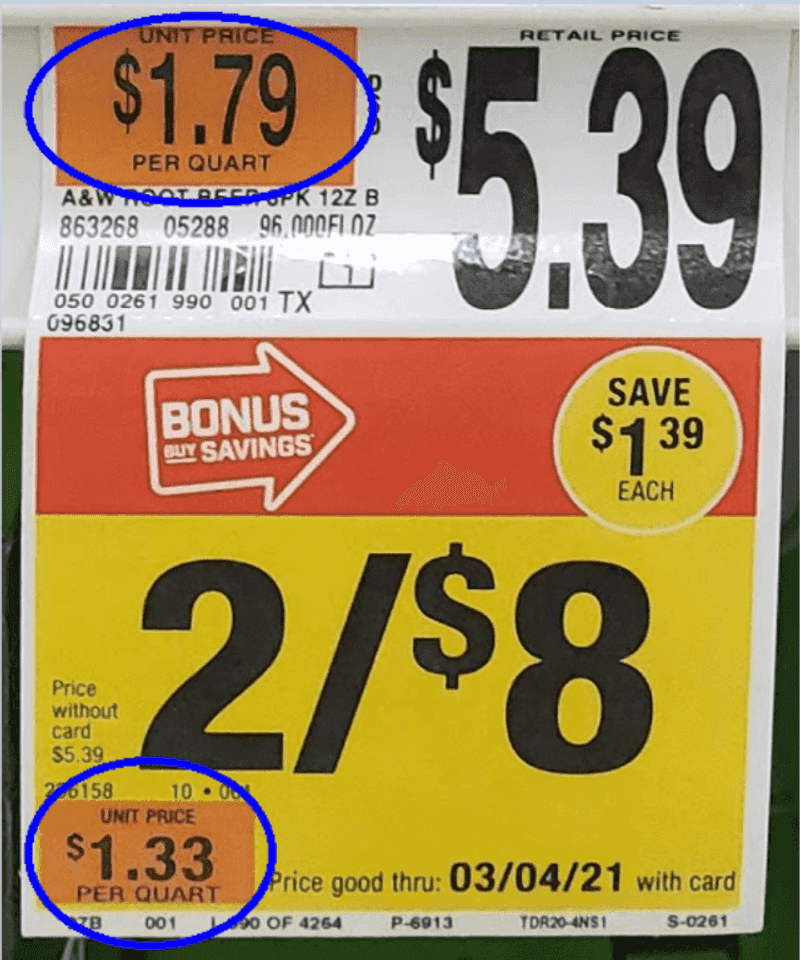
Savvy shoppers know that the secret to better deals lies in understanding unit prices. This is the cost per ounce, gram, or other unit, and it often reveals more affordable options than the shelf price suggests.
By comparing unit prices, you’ll become more aware of how much you’re actually paying for the product. This skill helps in making informed buying decisions, ensuring you get the best value for your money every time you shop.
10. Don’t Pay for Pre-Cut or Pre-Washed Items
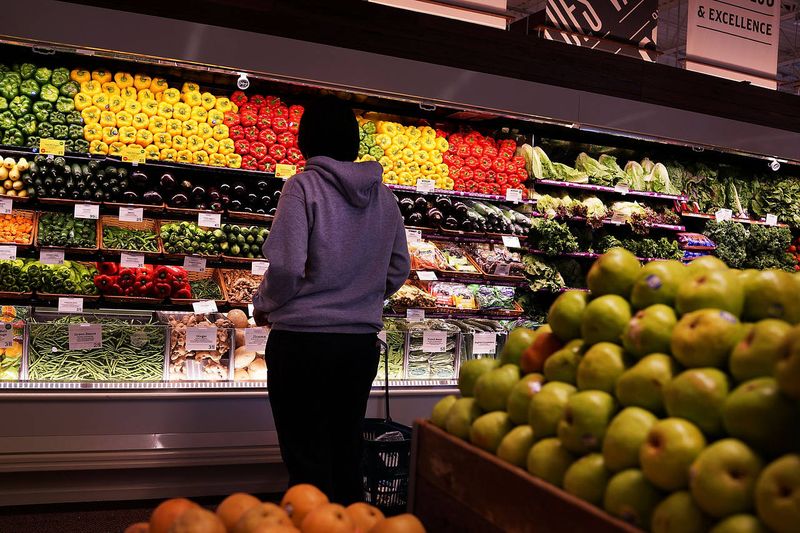
Convenience often comes with a hefty price tag, and pre-cut or pre-washed items are no exception. While they save time, they significantly increase your grocery bill.
Imagine the satisfaction of chopping fresh vegetables, not only saving money but also ensuring maximum freshness and flavor. Taking the time to prepare your ingredients provides a deeper connection to your food and enhances the overall cooking experience. Plus, the savings add up quickly over time.
11. Eat What You Already Have First

Before heading to the store, take a moment to assess what you already have at home. This simple practice prevents buying duplicates and ensures nothing goes to waste.
Think of it as a treasure hunt in your pantry, where forgotten ingredients inspire new meals. By utilizing what’s on hand, you cut down on unnecessary purchases and get creative in the kitchen. This habit is not only frugal but also environmentally conscious, reducing food waste significantly.
12. Limit Sugary Drinks and Bottled Beverages

Sugary drinks and bottled beverages can quietly drain your budget while adding empty calories to your diet. Opting for water, tea, or homemade smoothies is a healthier and more affordable choice.
Imagine sipping a refreshing glass of iced tea infused with fresh lemon on a warm day. By reducing your consumption of packaged drinks, you’ll notice immediate savings and health benefits. The natural flavors of homemade beverages delight the palate without the added sugar.
13. Make Your Own Snacks

Store-bought snacks can be pricey and often contain hidden sugars and preservatives. Making your own snacks allows for customization to suit your taste and dietary needs.
Picture a batch of fresh granola bars filled with nuts and dried fruits, providing a wholesome energy boost. Creating snacks at home offers the chance to experiment with flavors and textures while keeping costs low. It’s a rewarding practice that enhances both your health and budget.
14. Use Canned Beans and Tomatoes
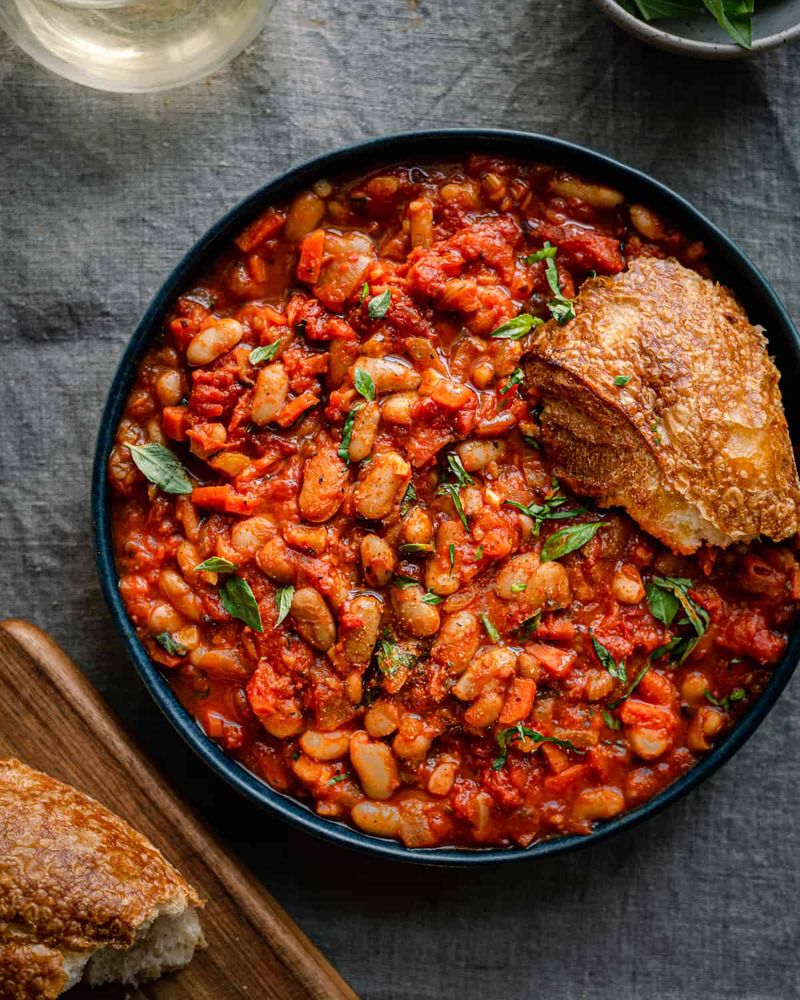
Canned beans and tomatoes are pantry staples that deliver nutrition and convenience at a low cost. They serve as the foundation for countless dishes, from chili to pasta sauce.
Imagine a cozy winter evening, enjoying a hearty bean soup made from simple, affordable ingredients. These canned goods are versatile and have a long shelf life, making them invaluable for quick and nutritious meals. Plus, they often retain their nutritional value, offering a healthy option for budget-conscious cooks.
15. Grow Your Own Herbs

Growing your own herbs is a rewarding way to add fresh flavor to your meals without the recurring cost of store-bought varieties. A small potted herb garden can thrive on a sunny windowsill, providing a fragrant and edible decoration.
Imagine the burst of flavor from fresh basil in a homemade pesto or mint in a refreshing salad. Cultivating herbs at home is not only economical but also enhances your cooking with vibrant, home-grown ingredients.
16. Skip Trendy Superfoods
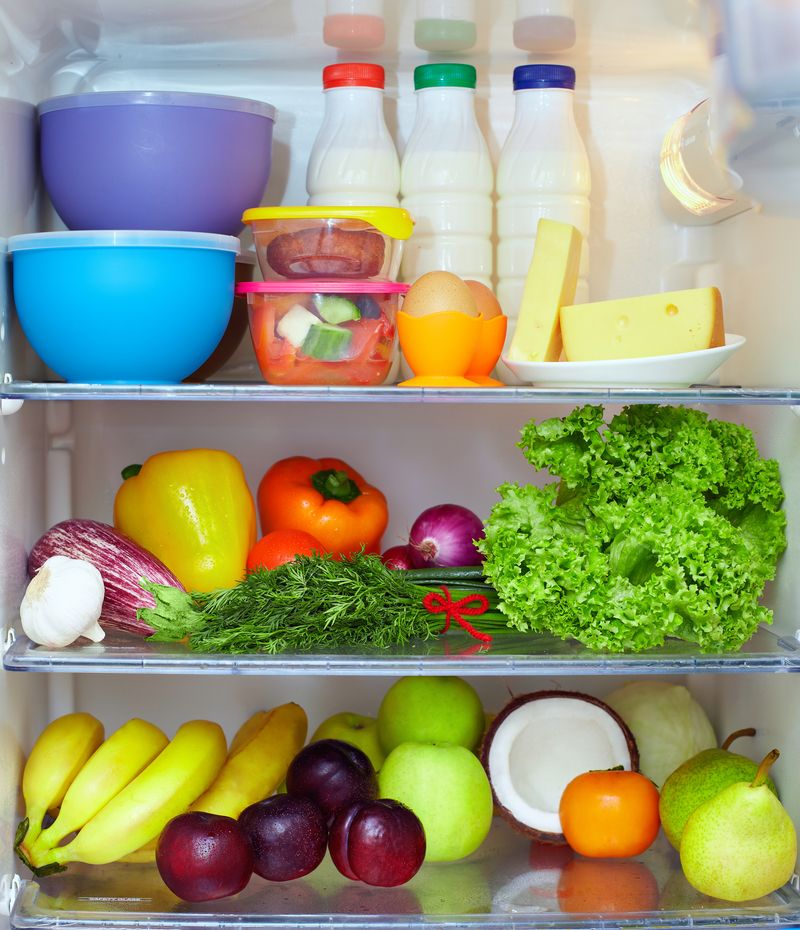
Superfoods come and go, often with a hefty price tag. However, everyday ingredients like bananas, spinach, and carrots are nutritional powerhouses in their own right.
Imagine crafting a vibrant salad with fresh greens or a warm bowl of oatmeal topped with sliced bananas. These simple foods provide essential nutrients and can be incorporated into a balanced diet without the expense. By focusing on affordable, nutrient-rich staples, you’ll maintain a healthy diet that’s kind to your wallet.
17. Roast Your Own Veggies
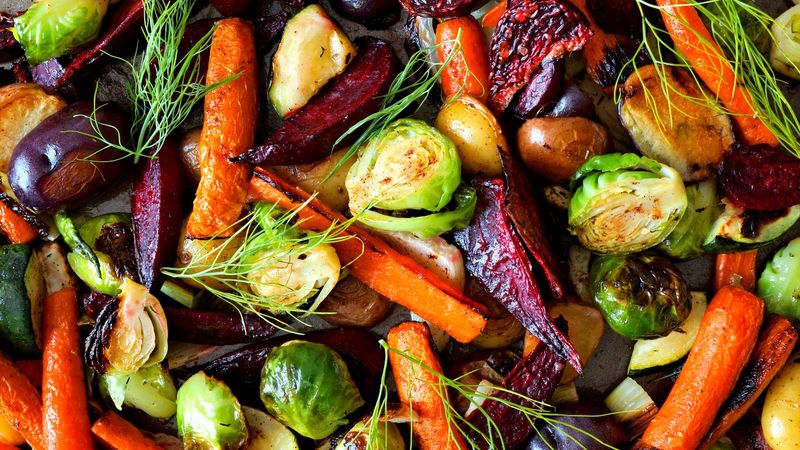
Roasting vegetables is a simple technique that transforms ordinary produce into a delectable dish. The natural sugars in vegetables caramelize, enhancing their flavor and texture.
Imagine the aroma of roasted carrots and sweet potatoes wafting through your kitchen. This cooking method is not only economical but also versatile, allowing you to incorporate a variety of vegetables into your meals. Roasting is a delightful way to enjoy healthy, flavorful vegetables without spending a fortune.
18. Embrace Eggs

Eggs are a nutrient-packed protein source that is both affordable and versatile. From breakfast scrambles to hearty dinner quiches, eggs can be featured in a variety of dishes.
Imagine the joy of a lazy Sunday brunch, indulging in a fluffy omelet filled with your favorite vegetables. Eggs offer high-quality protein and essential nutrients, making them a staple for budget-conscious eaters. Their adaptability in recipes ensures that you can enjoy diverse meals without overspending.
19. Make Your Own Dressings and Sauces
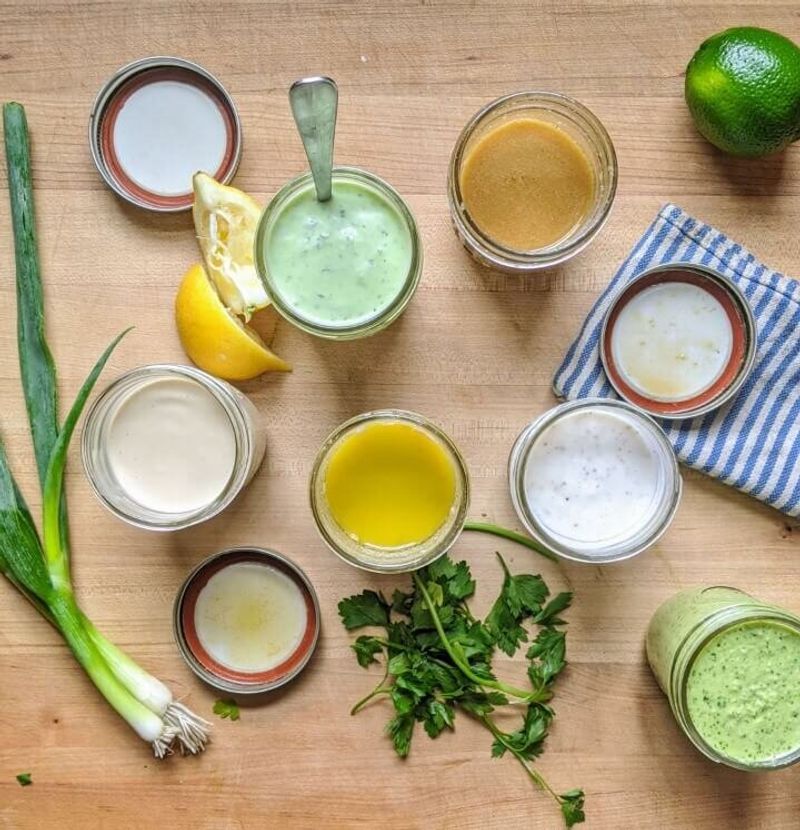
Store-bought dressings and sauces often hide excessive sugars and sodium. Creating your own at home allows for healthier customization at a lower cost.
Imagine drizzling a tangy, homemade vinaigrette over a crisp salad, knowing every ingredient that went into it. This practice enhances your culinary skills and ensures your meals are both flavorful and nutritious. It’s a simple step that elevates your dining experience while keeping spending in check.
20. Use Leftovers Creatively
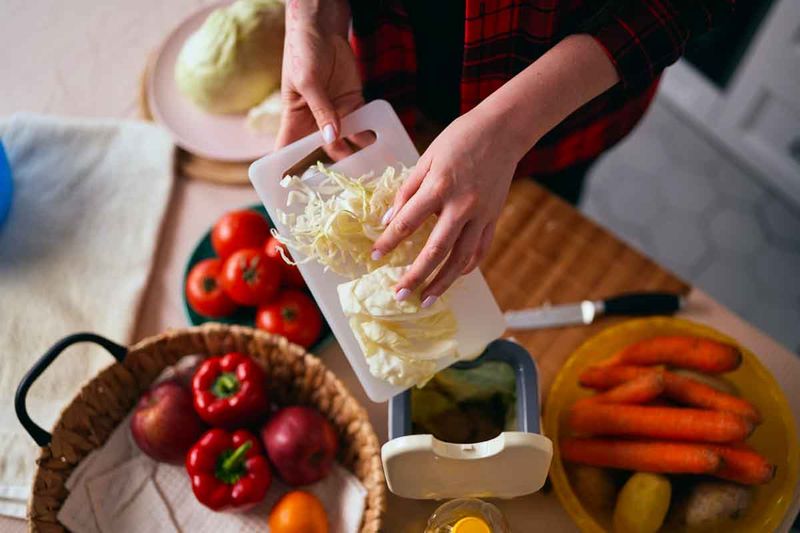
Transforming leftovers into new meals is an art that extends both your ingredients and budget. It challenges creativity in the kitchen, preventing food waste and offering quick meal solutions.
Imagine turning roasted chicken into spicy tacos or mixing leftover rice into a savory soup. This approach keeps your menu exciting and reduces the pressure of constant cooking. By embracing leftovers, you maximize resources and enjoy diverse, delicious meals without extra cost.
21. Buy Store Brands

Store brands often provide the same quality as name brands but at a fraction of the price. Switching to these alternatives is a smart strategy for budget-friendly shopping.
Imagine discovering your favorite pantry staples at a reduced cost, allowing for more flexibility in your grocery budget. Store-brand products are usually made by the same manufacturers as their branded counterparts, offering similar taste and quality. This simple switch can lead to significant savings over time.
22. Stick to Simple, Whole Foods
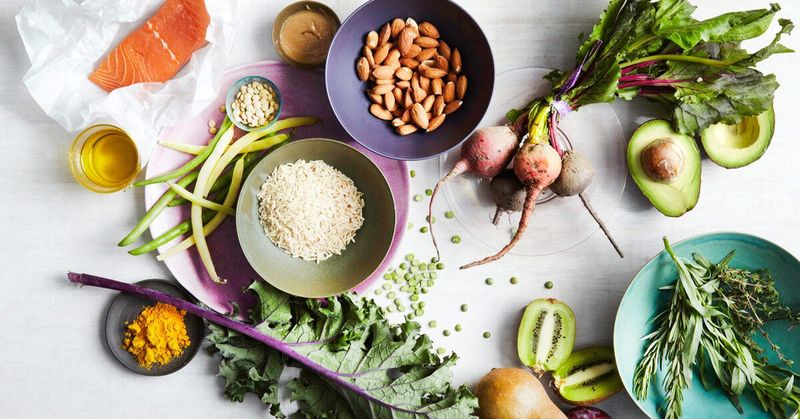
Whole foods are the foundation of a healthy diet, offering nutritional benefits without the expense of processed alternatives. By focusing on simple ingredients like fruits, vegetables, whole grains, and lean proteins, you maintain a balanced diet that’s budget-friendly.
Imagine a colorful plate filled with fresh produce and grains, offering both satisfaction and nourishment. This approach minimizes reliance on costly processed foods and enhances your overall well-being. By choosing whole foods, you create a sustainable eating pattern that’s good for your body and your bank account.
